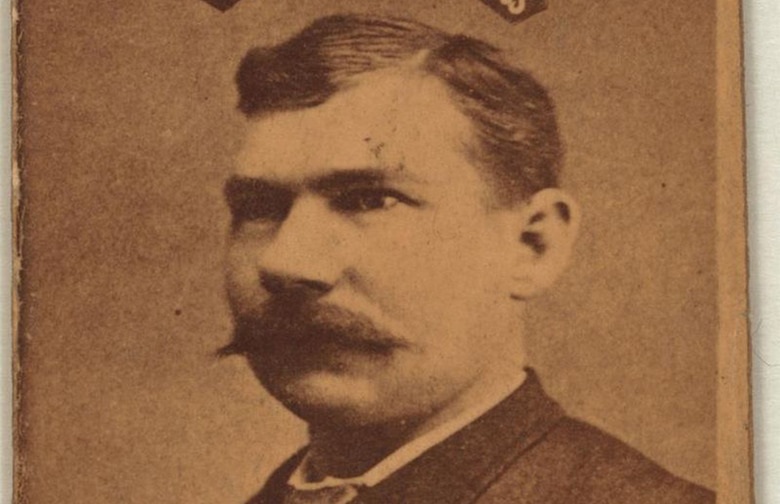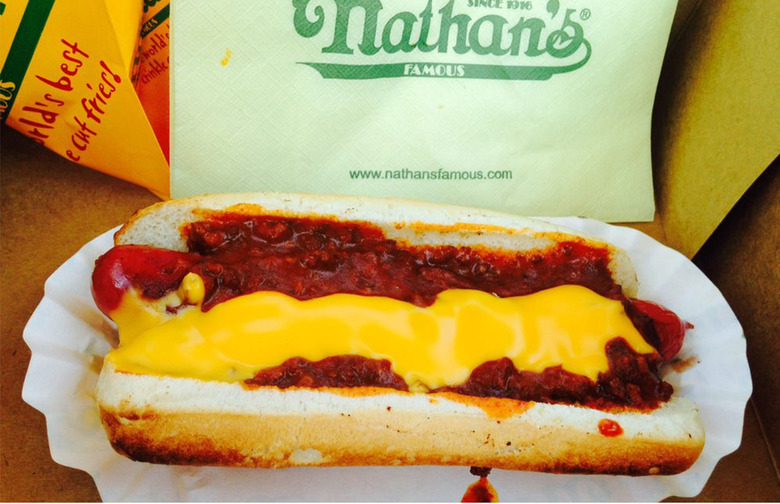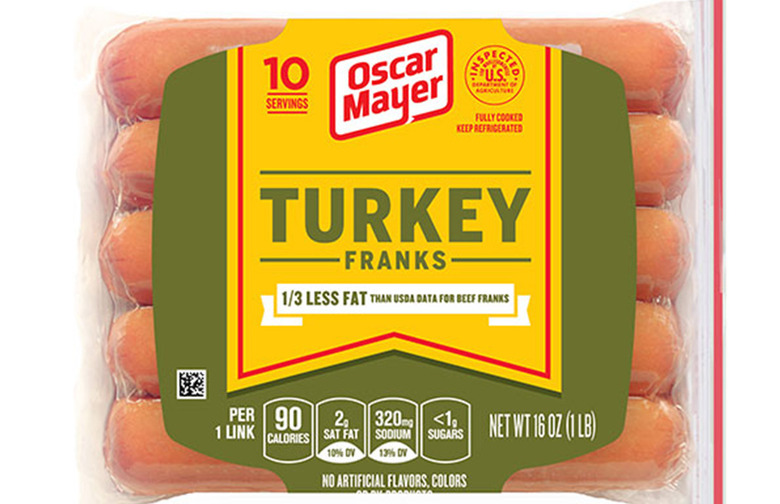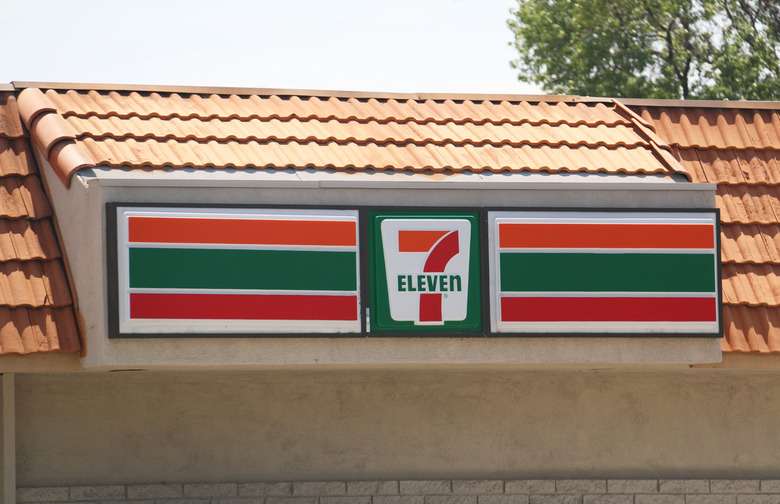12 Things You Didn't Know About Hot Dogs
Along with burgers, the hot dog is one of those staple summer cookout foods, and everyone has a preferred style. Whether you top yours with mustard and sauerkraut or chili and cheese, we bet there's still a lot you don't know about this humble and classic American food.
They're a Purely American Invention
The sausages themselves are obviously German in origin, but nobody thought to put them in a bun until they began to catch on in popularity in America.
There’s a Difference Between Frankfurters and Wieners
Head to an authentic German sausage shop and you'll see two different sausages: wieners and frankfurters. Frankfurters are made entirely with pork, and wieners are a mixture of pork and beef. And as the names might imply, frankfurters originated in Frankfurt and wieners from Vienna. To make things even more confusing: in the U.S., "franks" tend to be all beef.
The Story Behind Their Creation, and The Name, Remains a Mystery
Most people credit Charles Feltman, a German immigrant who ran a hugely successful restaurant in Coney Island, with being the first to sell hot dogs in buns in 1870, but a couple other contenders exist as well. The most popular alternate theory claims that a Bavarian immigrant named Anton Feuchtwanger sold sausages on the streets of St. Louis and provided his customers with gloves to prevent them from burning their fingers. But when the gloves kept getting stolen, his wife suggested using a roll instead.
As for the term "hot dog," there are several myths and legends around that as well. The term "dog" was applied to sausages even before they made their way to America, because some German sausages actually contained dog meat. And because the sausages were thin and long, German vendors took to calling them "dachshund sausages," which evolved into "hot dog." The earliest use of the term "hot dog" appeared in the December 31, 1892, edition of the Paterson Daily Press in New Jersey. The story was about a local traveling vendor known as "Hot Dog Morris."
Selling Hot Dogs at Baseball Games Dates Back to the 1880s
Baseball's association with hot dogs is almost as old as the game itself. This dates back to a gregarious German immigrant, named Chris von der Ahe (pictured), who ran a popular saloon in St. Louis before purchasing the struggling Brown Stockings (today's Cardinals). He sold tickets for just 25 cents and banked on fans (a term he's credited with coining) spending their money on beer and food instead. He was the first to sell hot dogs at the ballpark, and the idea took off.
Nathan Was Encouraged by Two Legendary Entertainers to Open His Own Shop
Nathan Handwerker was an employee at Coney Island's sprawling Feltman's Restaurant when two of his friends, singing waiters named Eddie Cantor and Jimmy Durante, convinced him to go into business on his own selling hot dogs for five cents — half the price of Feltman's. Within a few years, all three of them would be "famous."
Poultry-Based Dogs are Made with “White Slime”
If you look at the ingredient panel of any poultry-based hot dog, you'll most likely see that the meat is "mechanically separated," which is just as frightening as it sounds. It's made by puréeing the animal's carcass after meat has been manually removed from the bones and then forcing this slurry through a sieve under high pressure. While the sieve removes most of the bone, the end result is primarily made up of bone marrow, nerves, skin, connective tissue, veins and blood vessels, and whatever meat was left on the bone. It's nicknamed "white slime," like its close cousin, beef-based "pink slime." If any organ meat is used in hot dog production, it must be listed on the ingredients label. Although hot dogs can contain no more than 20 percent mechanically separated pork, according to the USDA, "hot dogs can contain any amount of mechanically separated chicken or turkey."
There are Three Types of Casing
Like all sausages, hot dogs need to be forced into a casing before being cooked. "Natural casing" hot dogs are made from the small intestines of sheep or pigs, which have been processed until only the layer called the submucosa membrane, consisting primarily of connective tissue, remains (you can find all the unpleasant details here). Artificial casings are usually made with reconstituted collagen, and skinless hot dogs are made with cellulose casing that's removed during the production process.
Hot Dog Styles Are Very Geographically Confusing
Michigan hot dogs are popular in upstate New York, Coney dogs (pictured) are popular in Michigan, New York System dogs are popular in Rhode Island, and Texas hot dogs are popular in New York and Pennsylvania, but not Texas. It's all a mystery.
Four Companies Sell More Hot Dogs Than Any Other
Sonic, Dairy Queen, Costco, and 7-Eleven sell the majority of prepared hot dogs in America. 7-Eleven alone sold more than 60 million hot dogs in 2014.
The World’s Longest Hot Dog was Insanely Hard to Construct
The world's longest hot dog with both a contiguous sausage and bun was made in Paraguay in 2011, to commemorate its 200th anniversary as a country. At 669 feet long, making the record-breaking sausage was the easy part; in order to make the bun, the entire raw bun had to be fed by conveyor belts through an oven. The timing had to be perfect and there needed to be enough room to handle it, but in the end they pulled off the feat. After the measurement was taken, it was cut into 2,000 four-inch portions and distributed to the public.
Getting Into the Nathan’s Hot Dog Eating Contest is a Lot More Complicated Than You Might Think
If you want to compete in the legendary Nathan's Hot Dog Eating Contest, held in Coney Island every July 4, you can't just show up and jump in. All competitors must be under contract with an organization called Major League Eating, which sanctions professional competitive eating events, and must either be the defending champion or winner of a regional qualifying event. Fun fact: The zany master of ceremonies of the annual contest, George Shea, was the publicity manager for Nathan's who, in the 1980s, turned the contest from a small publicity stunt into the massive spectacle it is today. He also founded Major League Eating.
17 Percent of Childhood Choking Deaths are Hot Dog-Related
Of all the children under the age of 10 who die of choking, 17 percent asphyxiate because of hot dogs. Because they're nearly impossible to dislodge from a windpipe due to their size and shape, doctors recommend that they be sliced lengthwise and into small pieces.











